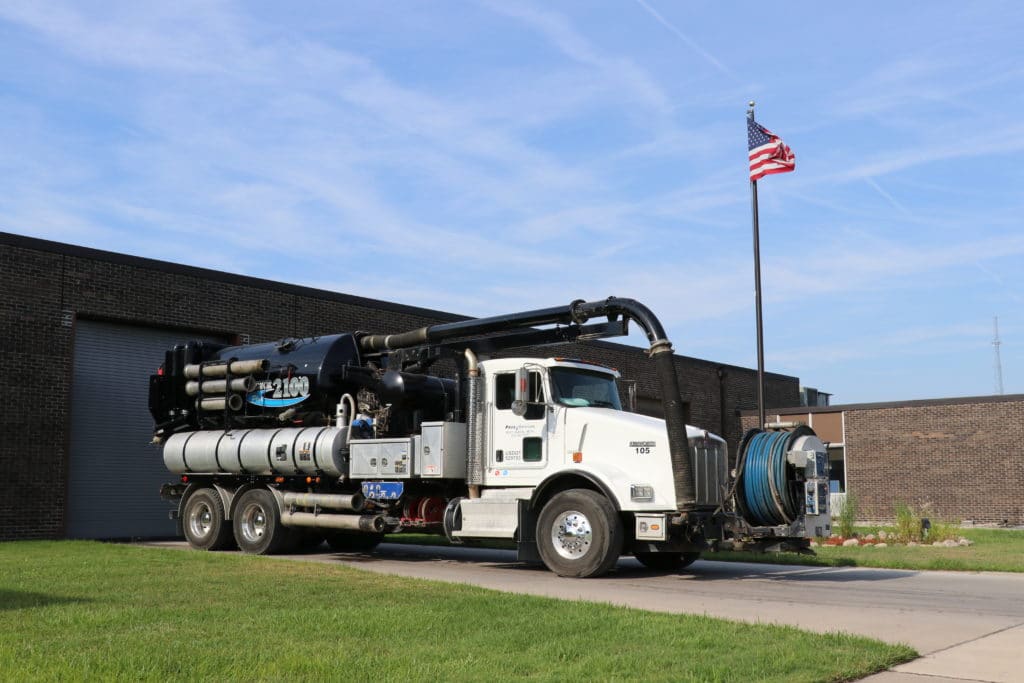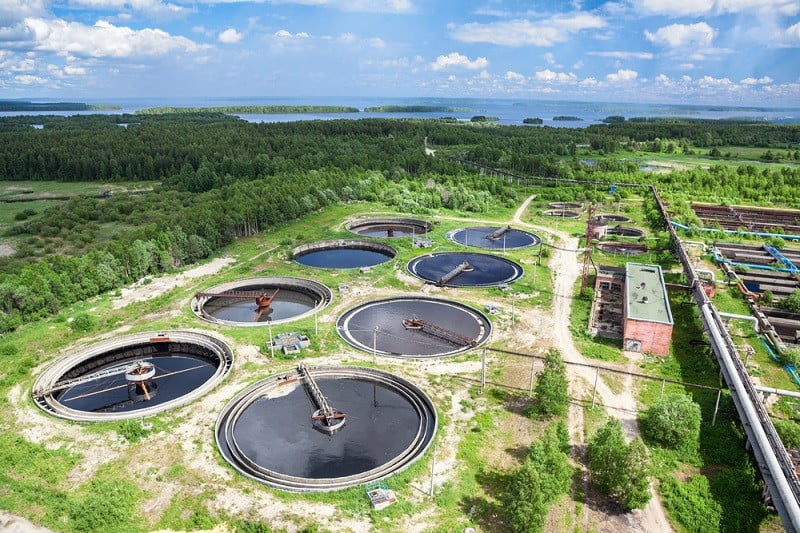Expert Liquid Waste Removal Melbourne: Quick and Budget Friendly Providers
Just How Fluid Garbage Disposal Functions: A Comprehensive Overview of Strategies and Technologies Employed

Summary of Liquid Waste Kind
The intricacy of fluid waste kinds requires a complete understanding of their features and effects for disposal. Fluid waste can extensively be categorized into numerous kinds, including commercial, local, farming, and contaminated materials. Each classification shows distinct residential or commercial properties, requiring details management techniques to alleviate ecological and health and wellness dangers.
Industrial fluid waste stems from making procedures and commonly includes a range of impurities, such as hefty metals, solvents, and organic substances. Local liquid waste, largely making up wastewater from homes and commercial facilities, includes raw material, nutrients, and pathogens (industrial wastewater treatment). Agricultural fluid waste, including drainage from ranches, may consist of fertilizers, chemicals, and animal waste, posing dangers to water quality and ecological communities
Harmful fluid waste is characterized by its toxicity, sensitivity, or possible to cause harm. Comprehending these varied fluid waste kinds is essential for establishing reliable disposal approaches and ensuring compliance with environmental guidelines.
Physical Therapy Methods

Screening is the initial action, where larger particles and particles are eliminated from the liquid waste making use of screens or grates. In sedimentation tanks, larger bits work out at the base, developing a sludge layer, while the clarified fluid can be additional treated.
Purification is one more important approach that includes passing the fluid with porous products, such as sand or membranes, to record smaller fragments. This step boosts the high quality of the fluid, making it appropriate for subsequent treatment processes.

Chemical Therapy Techniques
Chemical therapy techniques are necessary for efficiently taking care of liquid waste, specifically in dealing with liquified and colloidal contaminants that physical techniques might not sufficiently get rid of. These techniques use various chemical agents to counteract, precipitate, or transform unsafe substances into much less harmful types.
One usual approach is coagulation and flocculation, where chemicals such as alum or ferric chloride are contributed to advertise the gathering of put on hold particles. This process boosts sedimentation, enabling simpler elimination of the resulting sludge. In addition, oxidation processes, employing agents like chlorine or ozone, are utilized to break down complex natural substances and virus, rendering the waste much safer for discharge or additional therapy.
Neutralization is an additional critical technique, which changes the pH of acidic or alkaline waste streams to neutral levels, stopping possible injury to downstream this content systems and the setting. Furthermore, advanced oxidation processes (AOPs) utilize combinations of oxidants and ultraviolet light to deteriorate consistent contaminants, accomplishing a higher level of treatment efficiency.
Biological Treatment Processes
Biological therapy procedures play a crucial role in the management of fluid waste by making use of microbes to decay raw material and minimize pollutant levels. These processes can be broadly categorized right into anaerobic and cardiovascular treatments, each utilizing specific microbial communities to attain reliable waste destruction.
Cardiovascular treatment involves making use of oxygen to promote the breakdown of organic products by microorganisms. This procedure is frequently carried out in triggered sludge systems, where oygenation containers supply a favorable environment for microbial development, causing the oxidation of organic news pollutants. The resultant biomass can be divided from treated effluent through sedimentation.
In comparison, anaerobic treatment occurs in the lack of oxygen, relying on various germs to break down natural matter. This approach is especially beneficial for high-strength waste, as it creates biogas, a sustainable energy resource, while decreasing sludge manufacturing. Technologies such as anaerobic digesters are often employed in local and industrial applications.
Both cardio and anaerobic organic treatments not just reduce the ecological influence of liquid waste yet likewise promote resource recuperation, making them vital parts of sustainable waste monitoring strategies. Their adaptability, efficiency, and performance sustain their widespread application throughout numerous industries.
Arising Technologies in Disposal
Cutting-edge approaches to liquid waste disposal are quickly advancing, driven by advancements in innovation and a raising focus on sustainability. Among these emerging technologies, membrane bioreactors (MBRs) have actually gained traction for their ability to integrate biological therapy with membrane layer filtration, leading to top notch effluent that can be recycled in various applications. MBRs enable smaller impacts and extra efficient procedures compared to traditional systems.
One visit site more appealing development is making use of anaerobic food digestion incorporated with nutrient recovery technologies, which not only treats liquid waste but also generates biogas and recovers valuable nutrients like nitrogen and phosphorus. This dual benefit boosts source performance and minimizes environmental effect.
Additionally, advanced oxidation procedures (AOPs) are being taken on for the degradation of complex natural toxins. These techniques utilize powerful oxidants and stimulants to damage down pollutants at the molecular level, supplying a very efficient service for challenging waste streams.
Additionally, the combination of expert system and artificial intelligence in waste management systems is optimizing functional efficiency and anticipating upkeep, resulting in lowered expenses and improved ecological compliance. These technologies show a considerable change in the direction of more lasting and effective fluid waste disposal techniques.
Final Thought
In verdict, effective liquid waste disposal requires a thorough understanding of various methods and innovations. By continually advancing these approaches, it ends up being feasible to resolve the expanding challenges associated with liquid waste, eventually adding to ecological security and source recuperation.
Fluid waste disposal is a vital element of ecological administration, calling for a thorough understanding of numerous strategies and technologies customized to various waste kinds. Fluid waste can generally be classified right into numerous kinds, consisting of industrial, community, agricultural, and unsafe waste. Agricultural liquid waste, including runoff from farms, might have plant foods, chemicals, and pet waste, presenting dangers to water high quality and environments.
Different physical treatment methods play a crucial role in taking care of fluid waste successfully - industrial wastewater treatment.In final thought, effective liquid waste disposal demands a detailed understanding of different techniques and technologies